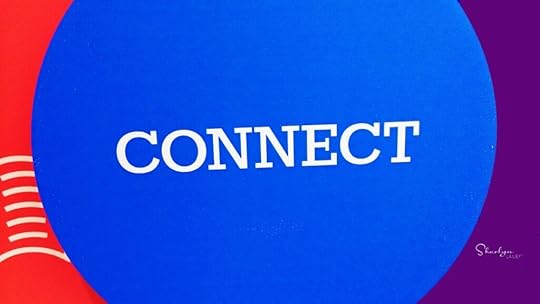Use Peer-to-Peer Learning to Introduce Artificial Intelligence

Estimated reading time: 3 minutes
We don’t talk about peer-to-peer learning enough. As a reminder, peer-to-peer learning is when employees help other employees learn. Peer-to-peer learning can be an effective way to introduce employees to new concepts and reinforce skills. It doesn’t take anything away from classroom learning, eLearning, or self-learning methods. Consider peer-to-peer learning as an extra option.
I wanted to talk about peer-to-peer learning today because it could be a great way for introducing employees to artificial intelligence (AI). One of the challenges that I see with AI is getting employees comfortable with using it. Maybe before the organization has formal learning programs about the use of AI, it could make some sense to have informal sessions where employees work together using AI tools.
Identify AI ambassadors. There are probably employees who love the idea of AI, use it at home, and can’t wait to use it regularly at work. And there are probably definitely employees who are suspect about the company’s use of AI. Plus, everything in between. Find some employees who would be interested in learning more about AI and becoming AI ambassadors. Not just AI’s biggest fans. Find some employees that need convincing too.
Creating AI ambassadors reminds me of a situation years ago where the company I worked for was introducing a new benefit program. Of course, HR was going to attend a detailed training session about the new benefit plan. But several employees were invited too. They received the same level of training as HR.
The advantage to this approach was that when employees in the operation were talking about benefit program changes … and possibly probably spreading falsehoods, our benefits ambassadors would speak up and say, “Hey – that’s not correct. Here’s what’s really going on …”. The ambassadors where able to set the record straight because HR wasn’t around the correct the conversation.
Use peer-to-peer learning to establish trust. Adding to my story about the benefits ambassadors, basically employees learned from a peer. This didn’t mean the company wasn’t going to have enrollment meetings. But it did stop the spread of misinformation.
Employees told us that they appreciated getting the correct information from a peer. I’m not saying that employees didn’t trust HR but let’s face it … sometimes employees are suspect of HR and the company’s decisions. HR can’t be everywhere, and we don’t hear everything. So, we can’t answer all the questions. Having ambassadors keeps the conversation focused on the right things.
Create a learning community. As the organization adopts AI and continues its AI journey, having a learning community could be beneficial. Artificial intelligence is changing rapidly. It could be helpful to have more than one person or one department in charge of AI. Organizations could bring their ambassadors together on a regular basis to discuss what’s happening in the world of AI and how it impacts work.
Being an AI ambassador doesn’t have to be a one and done assignment. It could be a role that is ongoing. Employees might love being a part of the conversation. Organizations might learn from employee insights. Everyone wins!
If organizations want to adopt AI tools, they need to create and support collaborative communities where employees can learn about artificial intelligence. Implementing AI in a silo could create suspicions and that doesn’t encourage learning, adoption, and growth.
Image captured by Sharlyn Lauby while exploring the streets of Long Beach, CA
The post Use Peer-to-Peer Learning to Introduce Artificial Intelligence appeared first on hr bartender.
Sharlyn J. Lauby's Blog
- Sharlyn J. Lauby's profile
- 10 followers



